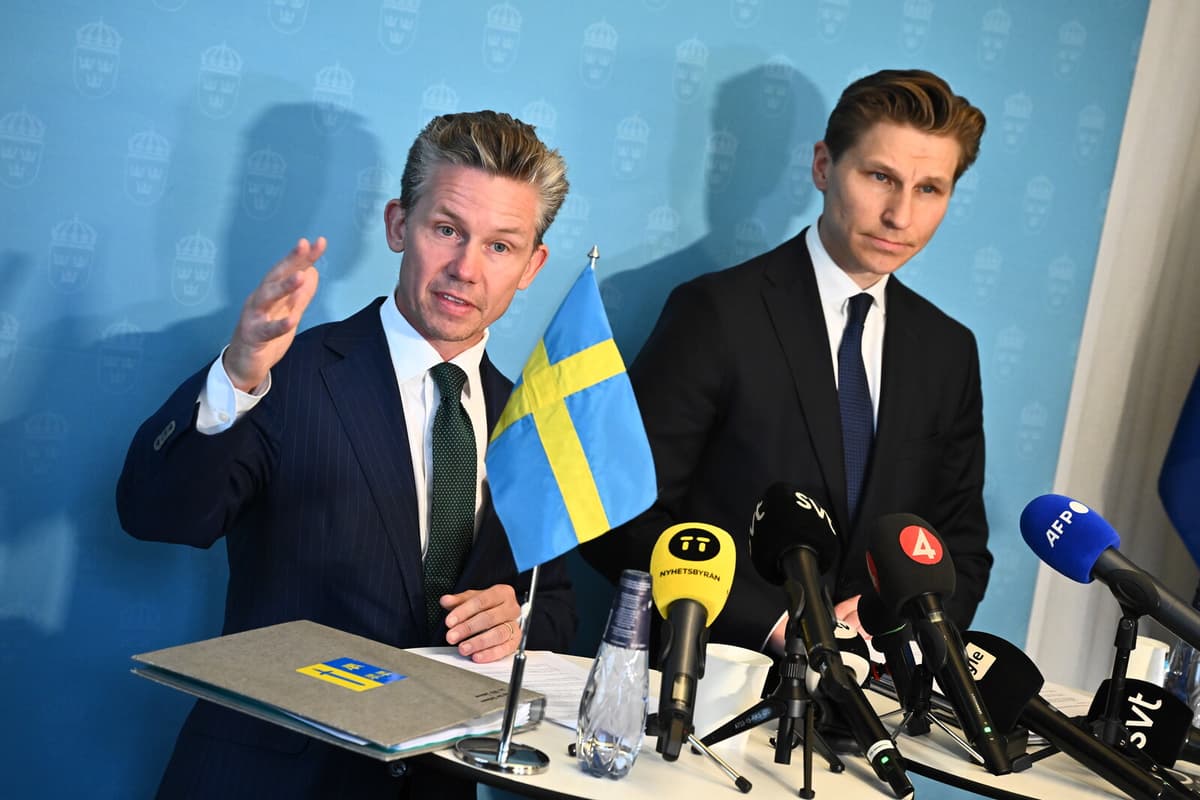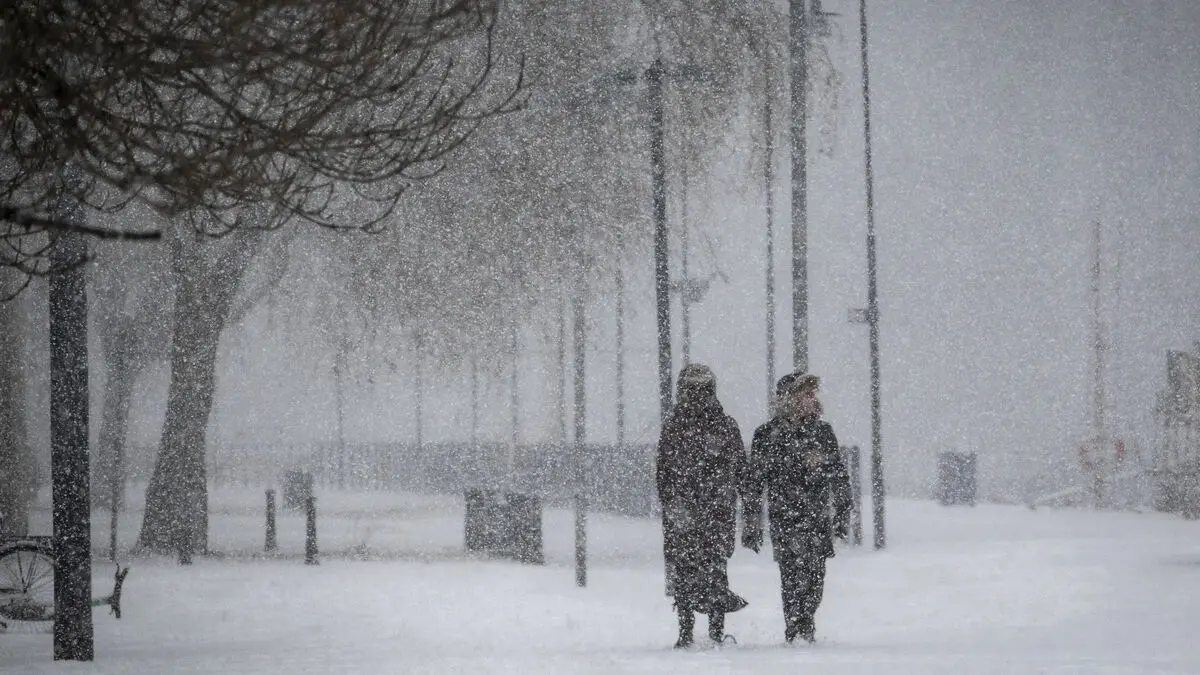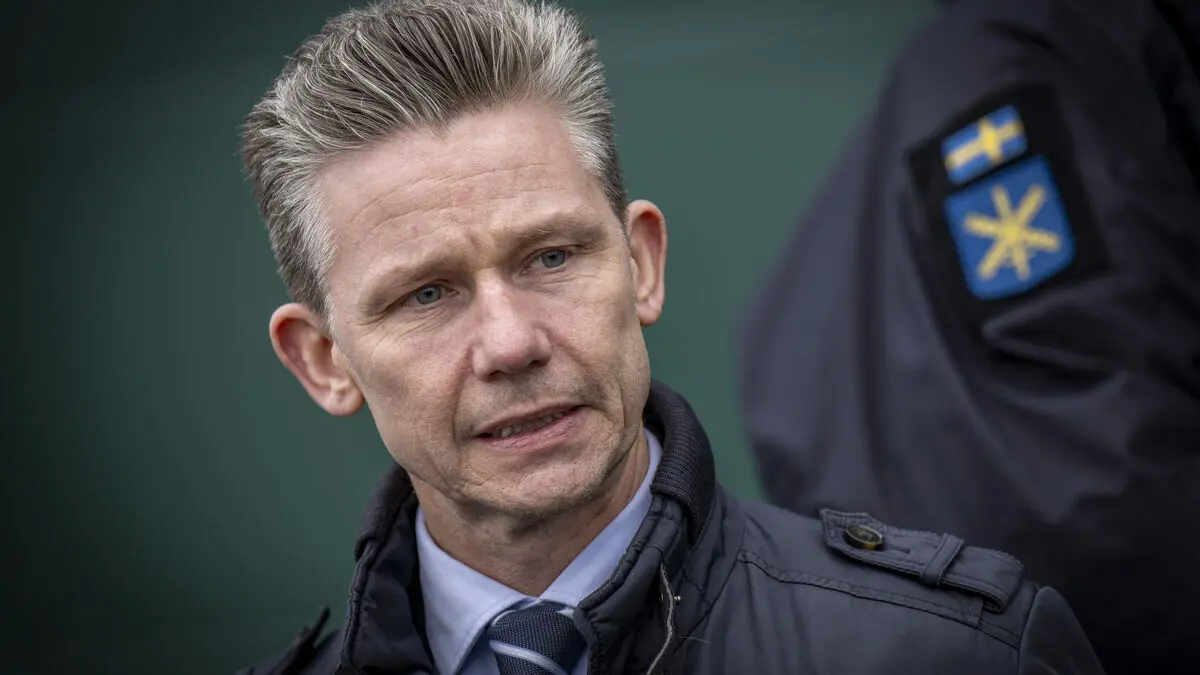We are honored to have been asked, says Defense Minister Pål Jonson (M) at a press conference with his Finnish counterpart.
As a frontline state in NATO, Finland has a long land border with Russia, allowing it to have standing NATO troops in the country in peacetime. Eight member countries already have multinational battle groups on their territory, to which other countries take turns contributing soldiers.
The so-called forward-deployed land forces are an important part of the defense alliance's concept to deter Russia from military conflict.
No Standing Force
Finland has come to the conclusion that it does not need standing NATO forces in peacetime, but rather a NATO headquarters in Finnish Lapland. The Finnish government wants Sweden to be responsible for building such a headquarters.
There are many reasons why we are asking Sweden. We share the same security environment, so it's quite natural, says Finland's Defense Minister Antti Häkkänen.
The headquarters will facilitate the rapid contribution of forces from other NATO countries to the defense of northern Finland in the event of a military attack.
Most things are still unclear regarding the headquarters' design, role, and location. No decision has yet been made, but the headquarters could be up and running by 2026.
For Sweden's part, it may involve stationing 15-30 staff officers in Finland. Their task would, according to Pål Jonson, include coordinating exercises where several NATO countries participate and defense planning.
The fact that the NATO base will have Swedish command means that Finland will have more resources to focus on the defense of the southern, more densely populated parts of the country, says a source with insight.
Can be Expanded
Sweden and Finland already have close defense cooperation and exercise a lot together.
If the situation were to deteriorate, we can expand the exercises with troops from other countries, so it's a cost-effective way for NATO to do it, Häkkänen responds to the question of why Finland does not want standing NATO forces on site.
Sweden has the ambition to be a very engaged NATO member. It is, for example, clear that around 500 Swedish soldiers will take turns with Danish soldiers to participate in NATO's multinational force in Latvia.
NATO's collective defense is built on the fact that military units from different member countries should know in advance where they will be deployed in the event of a military conflict. They should preferably have exercised in the area and be familiar with the geography.
Which NATO countries will contribute troops to help defend northern Finland is not clear, but Sweden can count on forming the core of such a multinational force.





